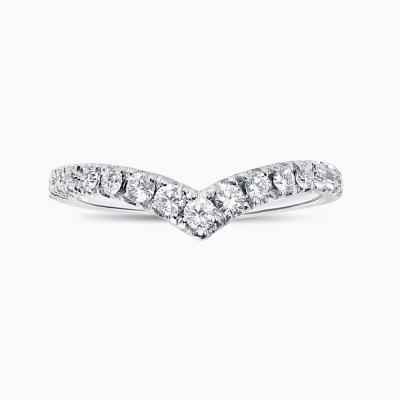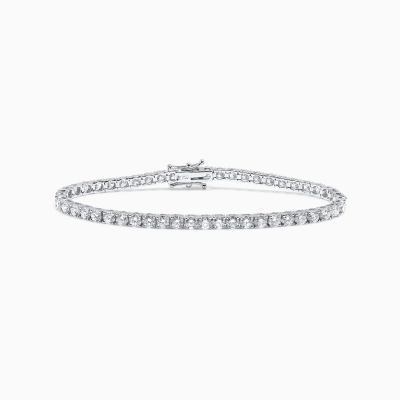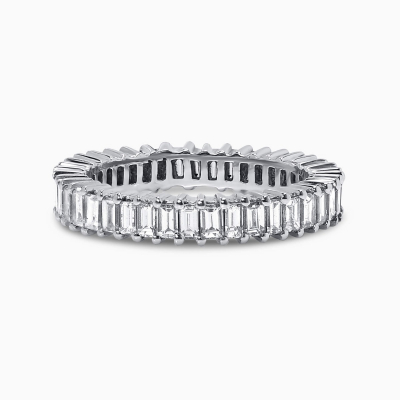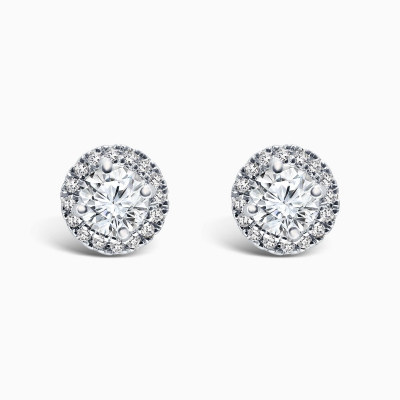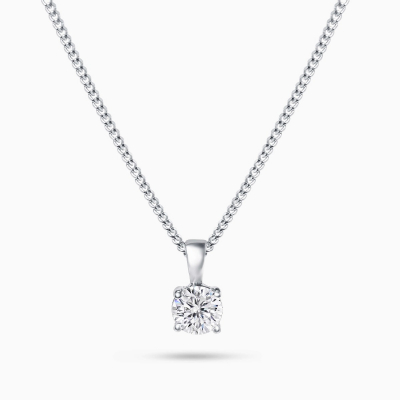USD
/
USD
/
Shipping to:
Currency:
DIAMOND INCLUSIONS & BLEMISHES
Let's delve into the diverse array of blemishes and inclusions that may manifest on a diamond, consequently influencing its clarity. Diamonds, despite their captivating brilliance, are not immune to the presence of imperfections that can affect their overall visual appeal. Blemishes encompass a range of surface irregularities, such as scratches, nicks, or abrasions, which can occur during the diamond cutting and polishing process or through everyday wear. These surface flaws can create subtle disruptions in the otherwise flawless exterior of the stone. Inclusions, on the other hand, are internal characteristics within the diamond, often formed during its natural crystallization process. These may include pinpoint spots, clouds, feathers, or other minute imperfections that are visible under magnification. Pinpoint spots are tiny crystals that can appear individually or in clusters, while clouds are concentrations of multiple pinpoint-sized crystals. Feathers, another common inclusion, are fractures within the diamond that resemble the delicate structure of a feather.
Understanding these blemishes and inclusions is crucial for assessing the overall clarity of a diamond. The type, size, and location of these imperfections play a significant role in determining how they impact the stone's appearance and grade. An informed exploration of these intricacies allows consumers to make educated choices when selecting a diamond, considering both its unique characteristics and the visual impact of any blemishes or inclusions present.
KNOTS
Let’s begin with one of the most problematic flaws; knots. A knot appears on the surface of the diamond. They tend to be visible to the naked eye, and thus a low clarity grading is to be expected.
MINERAL INCLUSIONS OR CRYSTALS
The majority of diamonds will have minute minerals or crystals imbedded inside, although these will not usually be visible to the naked eye. These can be fragments of the likes of olivine, calcite, diopside, garnet, or silica. In some cases, they can even be other little diamonds.
TWINNING WISPS
As you may have gathered by the name, these inclusions look like a feather. This is the term used to describe cracks within the stone. Small cracks under the surface aren’t usually an issue. But, those close to the surface can cause huge problems, especially in terms of durability.
FEATHERS
As you may have gathered by the name, these inclusions look like a feather. This is the term used to describe cracks within the stone. Small cracks under the surface aren’t usually an issue. But, those close to the surface can cause huge problems, especially in terms of durability.
PINPOINTS
This relates to very small dark or light crystals in the diamond.
PINPOINT CLOUDS
Pinpoint clouds are a cluster of the former, and can result in a cloudy area on the diamond.
NEEDLESS
A needle can appear as a streak of light within the stone. They are long inclusions in the shape of a needle, and they can be particularly damaging to clarity when they are in clusters.
INDENTED NATURAL
An indented natural can be left by the cutter because they are their guide for ensuring they get the maximum weight from the rough diamond.








